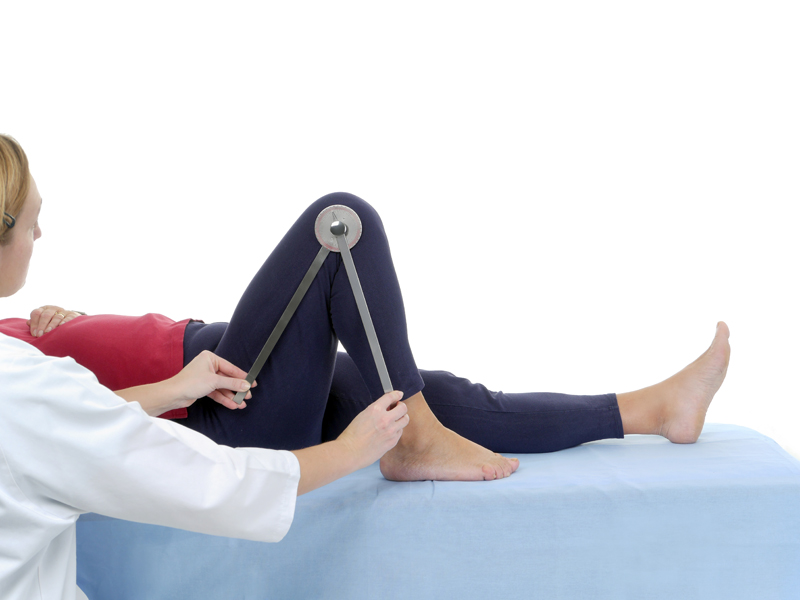
In order for you to walk, run, sit or kick comfortably, your knee—the largest joint in the body—must be able to move through an arc of about 130 degrees, from completely straight, or fully extended, to completely bent, or fully flexed. Two muscle groups control this motion: the quadriceps on the front of the thigh contract to fully extend the leg and the hamstrings on the back of the thigh contract to fully flex the knee. The second important structures are the soft tissues (ligaments and joint capsules), which control movements providing joint stability.
After knee surgery, when mobility is restricted, these muscle groups can lose strength and atrophy while the soft tissues can adaptively shorten. If muscle strength is not restored, there can be a permanent loss of the knee’s range of motion, a condition called flexion contracture.
When a flexion contracture is severe, additional surgery may be necessary to help restore range of motion. Many studies have shown that even in less severe cases, a reduction in range of knee motion by as little as three degrees to five degrees is associated with increased pain and decreased patient satisfaction with the outcome of the surgery.
Whether you have had anterior cruciate ligament surgery, total knee replacement or other knee surgery, achieving full extension of your leg will give you the best possible chance to return to your preoperative activity level. To achieve the best possible outcome, we can design a series of progressive resistance exercises that will strengthen the thigh muscles and restore the knee’s function and strength—a stretching routine to return ligaments and capsule to normal length—while still allowing your knee to heal safely from surgery.









